Common Name(s): Western juniper
Scientific Name: Juniperus occidentalis
Distribution: Western United States (primarily northern California, Oregon, Nevada, and Idaho)
Tree Size: 30-50 ft (9-15 m) tall,
2-3 ft (.6-1 m) trunk diameter
Average Dried Weight: 27.5 lbs/ft3 (440 kg/m3)
Specific Gravity (Basic, 12% MC): .40, .44
Janka Hardness: 680 lbf (3,000 N)
Modulus of Rupture: 8,910 lbf/in2 (61.5 MPa)
Elastic Modulus: 643,000 lbf/in2 (4.43 GPa)
Crushing Strength: 4,710 lbf/in2 (32.5 MPa)
Shrinkage: Volumetric: 8.0%
Color/Appearance: Heartwood ranges from a pale pinkish orange to darker reddish brown, sometimes with streaks and portions of lighter colored sapwood intermixed, similar to the related eastern red cedar (Juniperus virginiana).
Grain/Texture: Fine, even texture.
Rot Resistance: Rated as very durable. (The wood is commonly used for fence-posts.)
Workability: Easy to work with both hand and machine tools. May develop drying checks during the initial drying phase, so care should be taken to minimize or account for these checks. Glues and finishes well.
Odor: Has a distinct, lingering odor resembling cedar, though not as intense, and more on the acrid side.
Allergies/Toxicity: Although severe reactions are quite uncommon, western juniper has been reported to cause skin and respiratory irritation. See the articles Wood Allergies and Toxicity and Wood Dust Safety for more information.
Pricing/Availability: Regionally available within its natural range, usually as structural or utility lumber primarily aimed at exterior purposes. Prices should be moderate, though old-growth or specialty pieces are likely to be much more expensive.
Sustainability: This wood species is not listed in the CITES Appendices, and is reported by the IUCN as being a species of least concern. See notes in the comments below on the species’ increasing population trend.
Common Uses: Fence posts, firewood, exterior construction lumber, furniture, and small specialty items.
Comments: Western juniper is a fairly common tree throughout much of Oregon, and over the past 20th century, the species has seen a tremendous increase in population numbers. Since the abundance of this species has lead to a deterioration of other wildlife species, such as sagebrush, native grasses, and the associated greater sage-grouse, some landowners and organizations have actively sought to eradicate all standing trees in affected areas.[1]Heisman, R. (2021, November 3). The tree that ate the west. bioGraphic. Retrieved June 29, 2022, from https://www.biographic.com/the-tree-that-ate-the-west/
At an attempt to create a more productive use for the excess trees, studies began in the 1990s to look into the feasibility of using western juniper as a lumber species.[2]Burke, E. J. (1994). Mechanical Properties of Western Juniper. School of Forestry, University of Montana. Overall results of these studies were positive, though the wood was found to have a slightly lower MOE than other comparable softwoods. Also, one study[3]Miyamoto, B. T., Sinha, A., Leavengood, S., Morrell, J., DeVisser, D., & Kruse, D. (2018). Mechanical property assessment for establishing design values of western juniper. Wood Fiber Sci, 50, … Continue reading found that trees from Idaho produced wood with significantly lower values than the other geographic regions, decreasing the overall average of the mechanical values.
Images: Drag the slider up/down to toggle between raw and finished wood. The first picture shows a typical piece that’s been commercially harvested, while the second picture shows wood from an old growth tree.
A special thanks to Stephen Hays for providing a wood sample of this wood species.
Identification: See the article on Softwood Anatomy for definitions of endgrain features.
Resin canals : absent
Tracheid diameter : small to medium
Earlywood to latewood transition : moderately gradual
Grain contrast : low to medium
Parenchyma : zonate
Lookalikes/Substitutes: With a characteristic cedar-like scent, it may be confused with other species of cedar. Western red cedar (Thuja plicata), incense cedar (Calocedrus decurrens), and Port Orford cedar (Chamaecyparis lawsoniana) are three species that occur in roughly the same geographic region (western United States) and can be difficult to separate from one another. Western red cedar tends to have a much coarser texture (from the larger tracheid diameter), as well as an overall darker reddish brown heartwood color. Incense cedar also has a slightly coarser texture, but the color and texture can be closer to western juniper than western red cedar—though it does possess a characteristic pencil-like scent (the wood is commonly used to make pencils). Port Orford cedar tends to be lighter in color and has a ginger-like scent.
Notes: The closely related Sierra juniper (Juniperus grandis) can’t be distinguished from J. occidentalis, and was even treated as a subspecies until 2006 when genetic studies showed its validity as a separate species.[4]Adams, R. P., Nguyen, S., Morris, J. A., & Schwarzbach, A. E. (2006). Re-examination of the taxonomy of the one-seeded, serrate leaf Juniperus of southwestern United States and northern Mexico … Continue reading
Related Content:
References[+]
| ↑1 | Heisman, R. (2021, November 3). The tree that ate the west. bioGraphic. Retrieved June 29, 2022, from https://www.biographic.com/the-tree-that-ate-the-west/ |
|---|---|
| ↑2 | Burke, E. J. (1994). Mechanical Properties of Western Juniper. School of Forestry, University of Montana. |
| ↑3 | Miyamoto, B. T., Sinha, A., Leavengood, S., Morrell, J., DeVisser, D., & Kruse, D. (2018). Mechanical property assessment for establishing design values of western juniper. Wood Fiber Sci, 50, 167-179. |
| ↑4 | Adams, R. P., Nguyen, S., Morris, J. A., & Schwarzbach, A. E. (2006). Re-examination of the taxonomy of the one-seeded, serrate leaf Juniperus of southwestern United States and northern Mexico (Cupressaceae). Phytologia, 88(3), 299-309. |

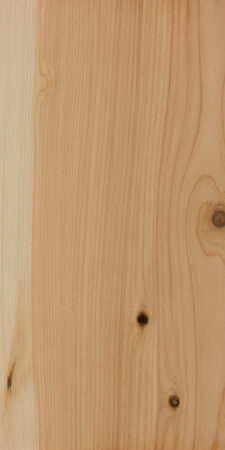
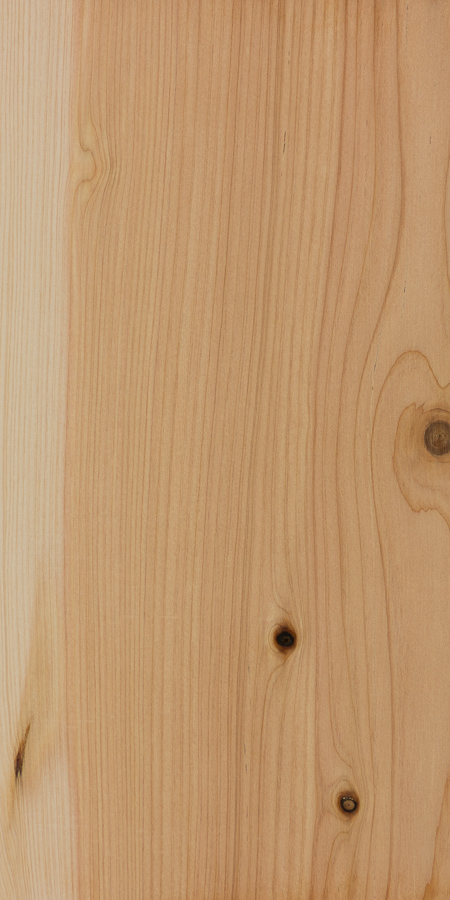
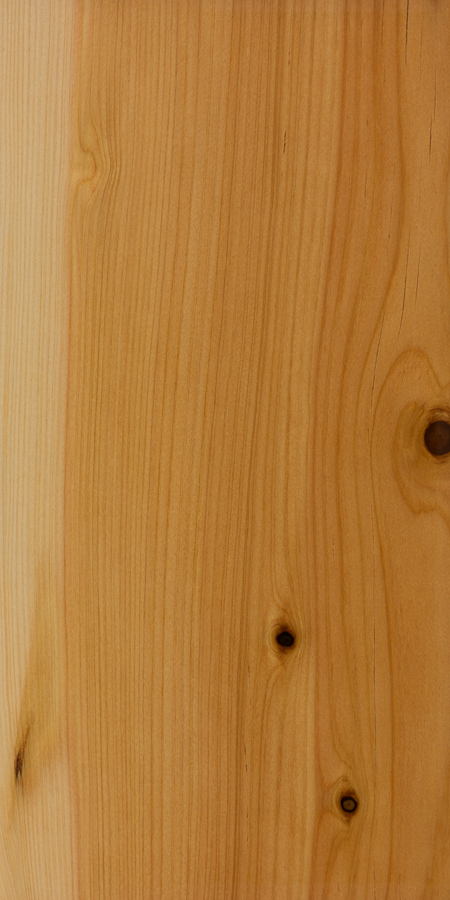
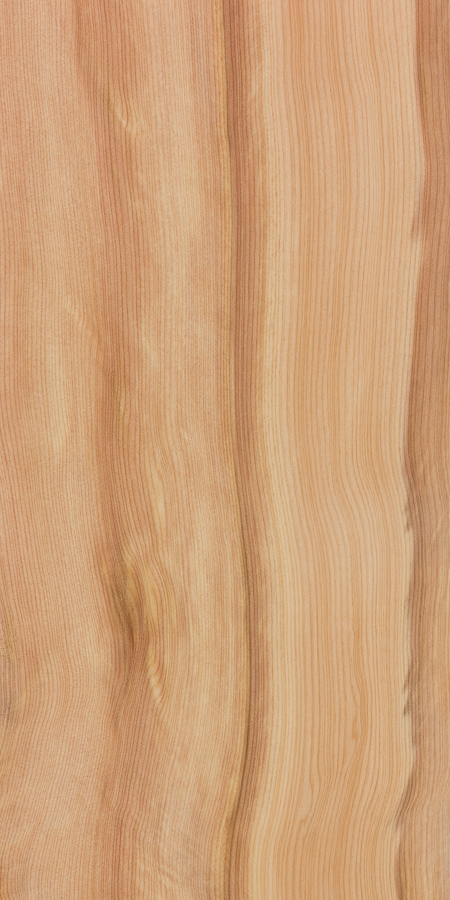
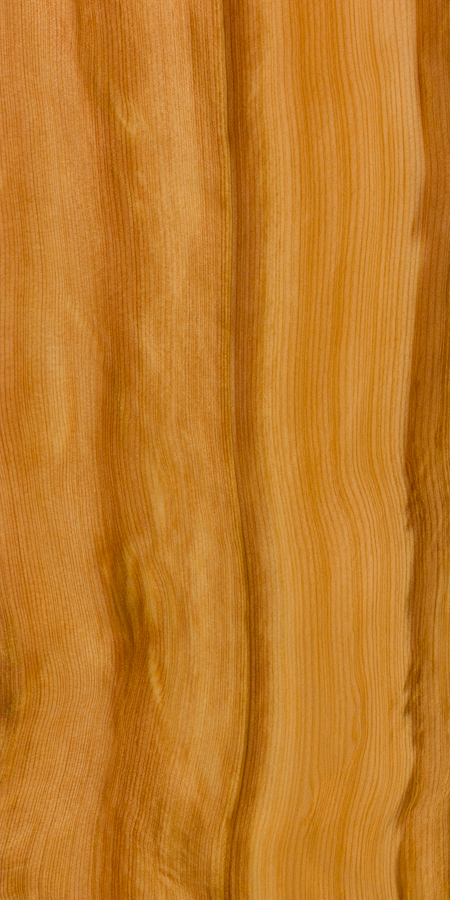
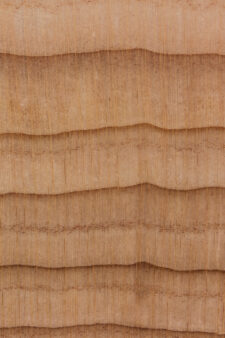

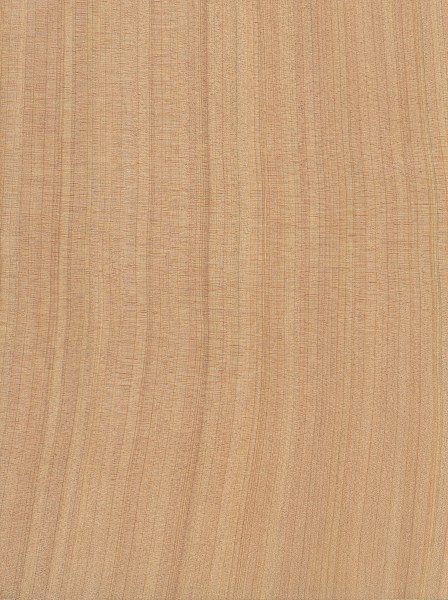
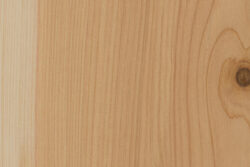

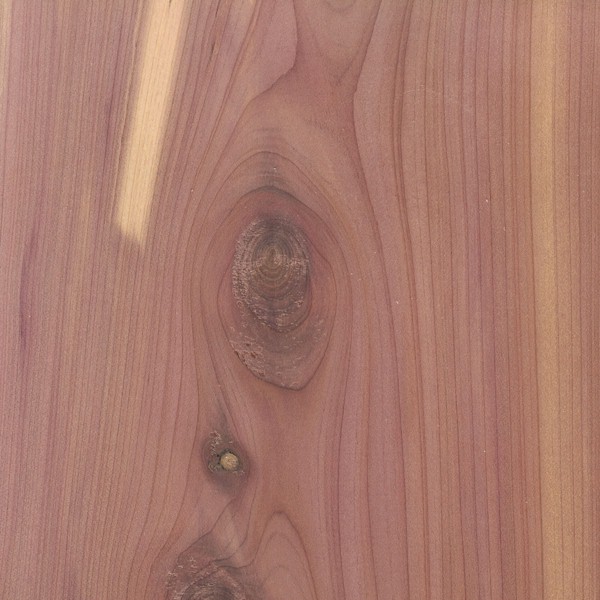






I find it odd how “Ishi”, the last Yana Native American from Tehama county, Northern California, was the most particular man about archery (particular in a good way), and even though he knew about yew wood, he believed juniper wood to be the best for bows. For that reason, I decided to research juniper, and I might buy a stave of it to see how well it works.
Does anyone know whether this is the same as the Utah Juniper?
No, Utah juniper is Juniperus osteosperma.
Do you have that on your database?
Not yet, though I do have a sample of the wood.